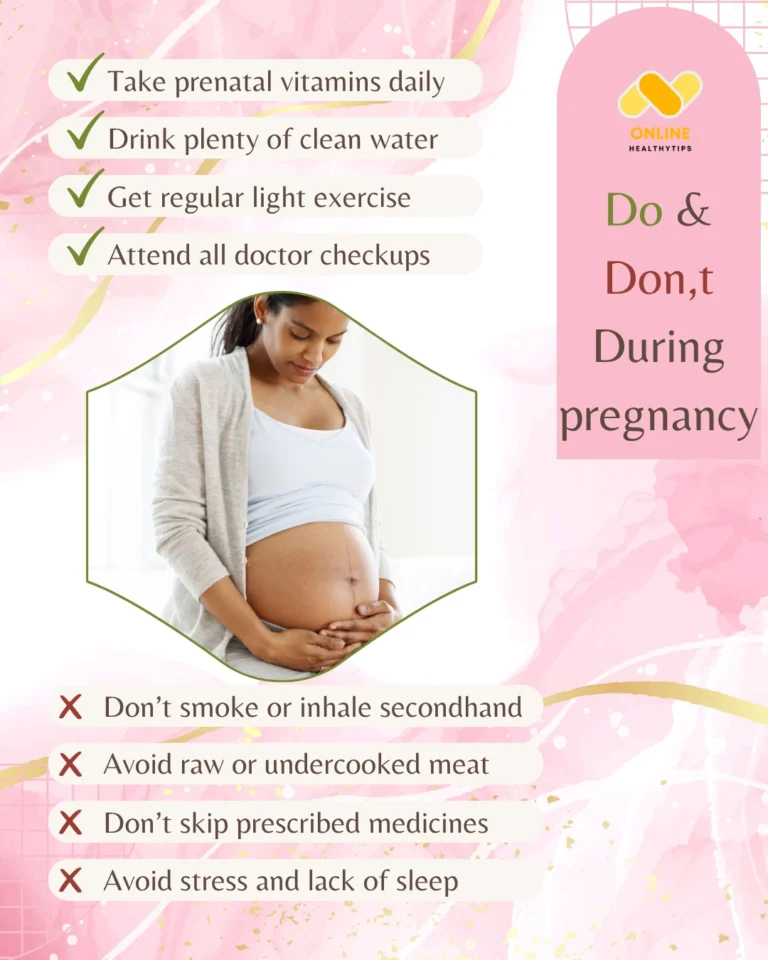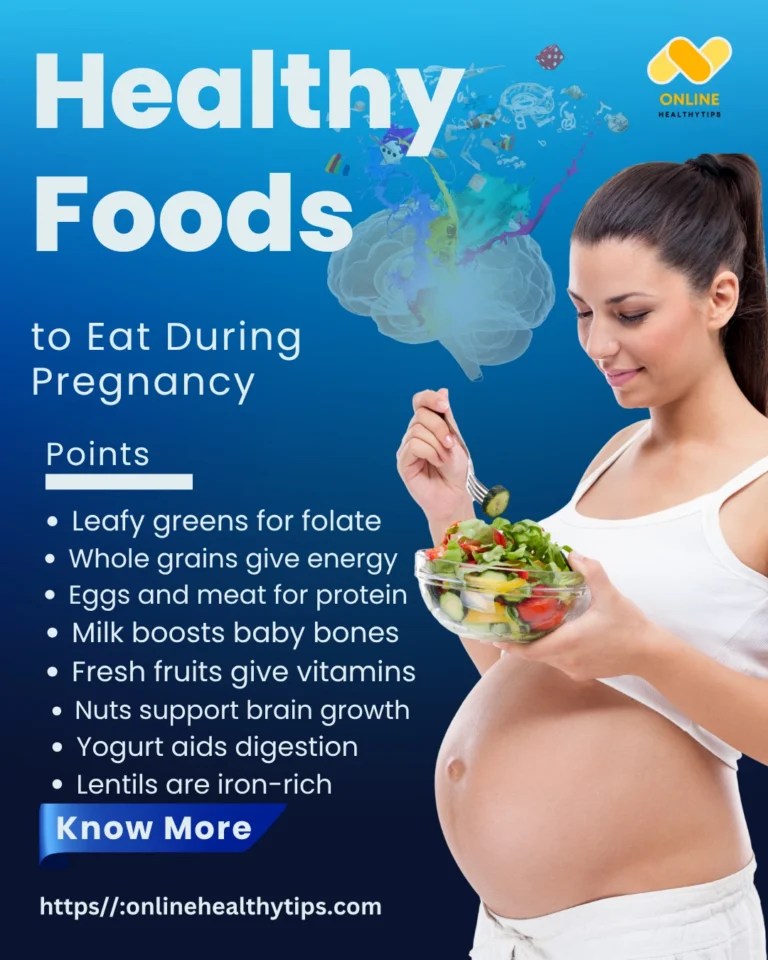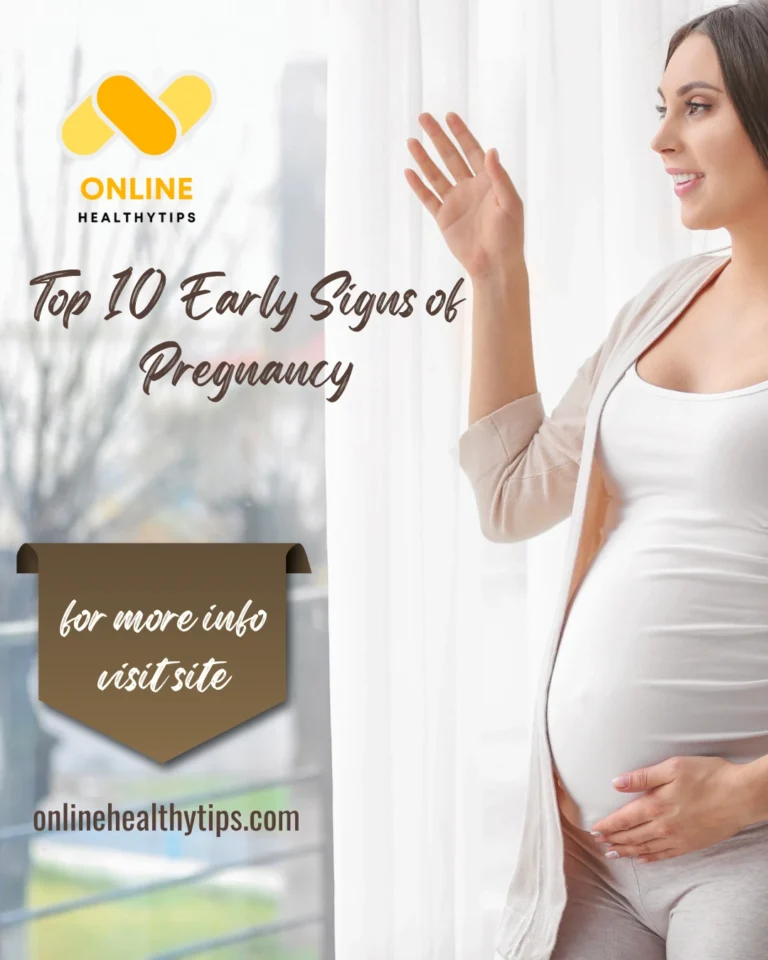

Week-by-Week Pregnancy Guide for New Moms: What to Expect from Conception to Birth

Week-by-Week Pregnancy Guide for New Moms: What to Expect from Conception to Birth
Becoming a mother is one of life’s most incredible journeys. From the moment you see that positive pregnancy test, your body begins to transform in magical — and sometimes mysterious — ways. This comprehensive week-by-week pregnancy guide is crafted for new moms like you, helping you understand what’s happening inside your body and how to prepare for your baby’s arrival.
Whether you’re weeks away from delivery or just found out you’re expecting, this detailed guide covers everything — including symptoms, fetal development, health tips, and emotional changes.
Pregnancy Overview by Trimester
Pregnancy is divided into three trimesters, each with its unique milestones and challenges:
First Trimester (Weeks 1–12): Hormonal surges, early symptoms, and rapid development.
Second Trimester (Weeks 13–26): Baby bump shows, energy returns, anatomy scan.
Third Trimester (Weeks 27–40): Growth spurt, preparations, and delivery planning.
First Trimester: Weeks 1–12
Weeks 1–4: Conception and Implantation
What’s happening: Fertilization occurs, and the embryo implants into your uterine wall.
Symptoms: Missed period, fatigue, mood swings, bloating.
Baby’s growth: A tiny ball of cells becomes an embryo; basic structures start forming.
Tips:
Start prenatal vitamins with folic acid.
Avoid alcohol, smoking, and high mercury foods.
Weeks 5–6: Hormones in Overdrive
Symptoms: Morning sickness, sore breasts, frequent urination.
Baby’s growth: Heart begins to beat; neural tube forms.
Did you know?
Your baby is about the size of a sesame seed at week 6!
Weeks 7–8: Major Organ Development
Symptoms: Food aversions, nausea, mood swings intensify.
Baby’s growth: Brain, lungs, limbs start to develop.
Health Tip:
Eat small, frequent meals to manage nausea.
Weeks 9–12: First Trimester Ends
Symptoms: Slight relief in morning sickness, emotional ups and downs.
Baby’s growth: Genitals begin forming; facial features become distinct.
What to do:
Schedule your first prenatal ultrasound and bloodwork.
Second Trimester: Weeks 13–26
Weeks 13–16: Hello Baby Bump!
Symptoms: Nausea eases, energy returns.
Baby’s growth: Skeleton hardens, baby starts moving (you might not feel it yet).
Fun fact:
Your baby can suck its thumb and make facial expressions!
Weeks 17–20: Feeling the First Kicks
Symptoms: Mild backaches, stretching skin, vivid dreams.
Baby’s growth: You may feel “quickening” — those first tiny flutters.
Milestone:
Anatomy scan at week 20 checks for healthy development and gender (if you want to know).
Weeks 21–24: Bonding Time Begins
Symptoms: Heartburn, swelling, cravings increase.
Baby’s growth: Baby starts hearing sounds and may recognize your voice.
Health Tip:
Elevate feet to reduce swelling. Stay hydrated and monitor salt intake.
Weeks 25–26: Gearing Up for the Final Stretch
Symptoms: Braxton Hicks (practice contractions), back pain.
Baby’s growth: Lungs and nervous system mature; baby gains weight.
Checklist:
Start researching childbirth classes, hospital bags, and pediatricians.
Third Trimester: Weeks 27–40
Weeks 27–30: Rapid Growth and Emotional Prep
Symptoms: Fatigue returns, shortness of breath, sleep disturbances.
Baby’s growth: Baby opens eyes, responds to light and sound.
To-do:
Plan maternity leave and set up the nursery.
Weeks 31–34: Final Preparations
Symptoms: Frequent urination, increased pressure, “nesting” instinct.
Baby’s growth: Baby is gaining fat, brain development peaks.
Hospital Bag Essentials:
ID, insurance
Maternity robe and slippers
Baby clothes and diapers
Nursing bras and pads
Weeks 35–37: Almost There!
Symptoms: Cervix may begin dilating, practice contractions intensify.
Baby’s growth: Baby “drops” into position (lightening).
Tips:
Install car seat early.
Finalize your birth plan.
Weeks 38–40: Full Term
Symptoms: Contractions, loss of mucus plug, water breaking.
Baby’s growth: Organs are fully developed; baby is ready for birth.
Signs of Labor:
Regular, painful contractions
Lower back pressure
Ruptured membranes (water breaks)
Important:
Contact your healthcare provider if you’re unsure whether labor has started.
Health and Nutrition Tips for New Moms
Prenatal Nutrition Checklist:
Folic Acid: Prevents neural tube defects
Iron: Supports increased blood volume
Calcium: Builds baby’s bones
Protein: Supports baby’s growth
Hydration: Essential for amniotic fluid and blood flow
Avoid These During Pregnancy:
Raw/undercooked meat and fish
Unpasteurized dairy
Excess caffeine (limit to 200 mg/day)
Alcohol and tobacco
High-mercury fish (like shark, swordfish)
Mental and Emotional Health Tips:
Talk openly with your partner or a therapist.
Practice mindfulness, deep breathing, or prenatal yoga.
Accept help — you’re growing a human!
Common Questions New Moms Ask
Q1. When should I visit the doctor?
As soon as you test positive. Most providers schedule the first visit at 6–8 weeks.
Q2. Is spotting during pregnancy normal?
Light spotting, especially in the first trimester, can be normal. But always consult your doctor.
Q3. What if I don’t feel kicks yet?
Most moms feel movements between 18–25 weeks. It varies — don’t panic!
Q4. Can I exercise during pregnancy?
Yes, with approval. Walking, swimming, and prenatal yoga are excellent options.
Q5. What if I’m feeling overwhelmed?
It’s okay. Seek support groups, talk to your provider, or connect with other moms.
Embrace the Journey
Pregnancy is a time of hope, change, and incredible strength. With each passing week, your body and baby are evolving in ways that are nothing short of miraculous. This week-by-week pregnancy guide is your companion through every flutter, craving, and milestone.
Stay informed, trust your instincts, and don’t be afraid to ask for support. You’re not just growing a baby — you’re becoming a mother.





